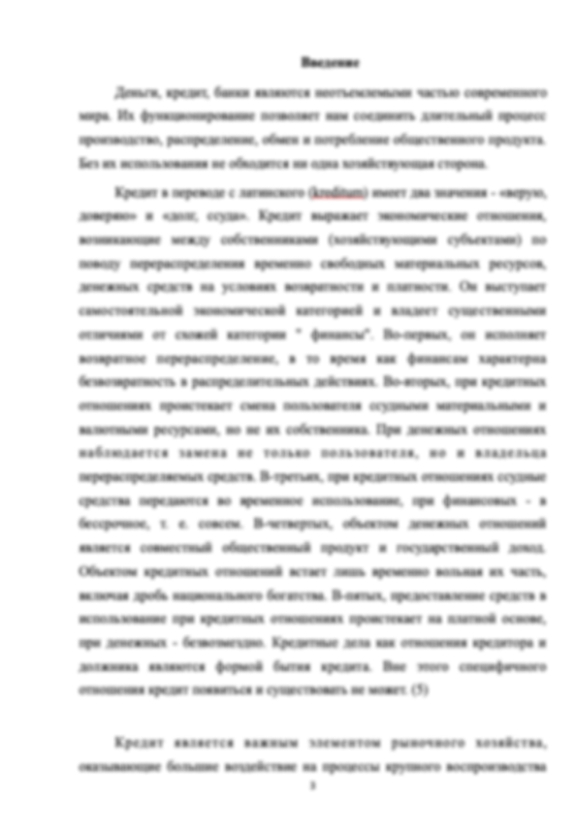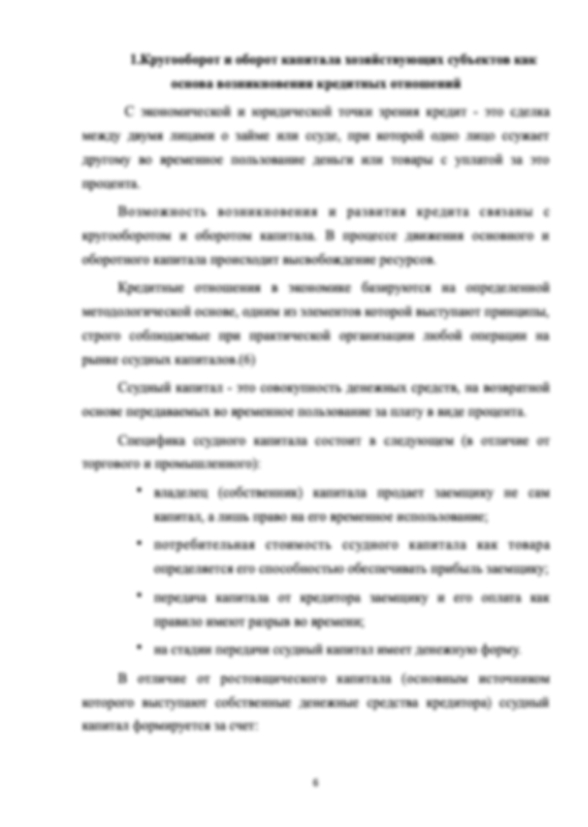Спасибо за работу. Ответственный автор, всем рекомендую)
Информация о работе
Подробнее о работе

Контрольная работа по английскому языку для студентов медицинских специальностей
- 5 страниц
- 2016 год
- 202 просмотра
- 0 покупок
Гарантия сервиса Автор24
Уникальность не ниже 50%
Фрагменты работ
NURSING CARE OF THE BURN
Active Vocabulary to Text A
burn — ожог
sheet-like - листоподобный
skin — кожа
outermost — самый верхний; наиболее удаленный от центра
layer — слой
to insulate — отделять, изолировать
stored — запасенный
to contribute — вносить вклад, способствовать
hazard — зд.: опасность, риск
sweat — пот, испарина; потение
surface — поверхность
enormous — громадный, огромный
to constitute — составлять; представлять собой
to affect — поражать (болезнью); воздействовать
light — свет; излучение
sunburn — солнечный ожог; загар
electric current — электрический ток
harmful — вредный
extent — 1. степень; 2. протяжение; распространение
trunk — туловище
to calculate — подсчитывать, считать
palm — ладонь
vasodilation— расширение кровеносных сосудов
correspondingly — соответственно
to compromise — ставить под угрозу
compartment syndrome — повышение давления в какой-либо анатомической полости
edema — отек
irreversible — необратимый
throat — горло
swelling — опухание, опухоль, отек
SKIN AND BURNS
The skin is a sheet-like organ composed of the epidermis, the outer¬most layer of the skin, and the dermis. The dermis is composed primarily of connective tissue. The skin is supported by a thick layer of loose connective tissue and fat called subcutaneous tissue. The fat in the subcutaneous layer insulates the body from extremes of heat and cold. It also serves as a stored source of energy for the body and can be used as a food source if required.
The skin serves three functions that contribute to survival.
1) The skin protects the body from injury and hazards such as microbes, from excessive fluid loss, and from ultraviolet radiation.
2) The skin also helps to regulate body temperature by regulating the secretion of sweat and blood flow near the skin's surface, allowing heat to be lost from the body.
3) The skin functions as an enormous sense organ. The body is kept informed of changes in its environment with millions of nerve endings in the skin.
Burns constitute one of the most serious problems that affect the skin. Burns can be caused by fire, exposure to ultraviolet light (sun¬burn), electric current or harmful chemicals such as acid.
Assessment and treatment of the burn patient involves examining the extent of the burn injuries both in total surface area and in the degree of damage. The «rule of nines» is a method of estimating the extent of a burn injury. The body is divided into 11 areas of 9% each, with the area around the genitals representing the addi¬tional 1% of body surface area in the adult. 9% of the skin covers the head and each upper extremity, including front and back surfaces. Twice as much, or 18%, of the total skin area covers the front and back of the trunk and each lower extremity, including front and back surfaces. Accuracy in this estimate is essential for calculating fluid needs and caloric intake needs. Another estimation method is to think of the palm of the hand as representing0 1% of body surface area.
The physiological response to burn injury begins with the injury itself. Just as with a minor burn, vasodilation to the area occurs to promote wound healing and prevent infection. As fluid leaves the vas¬cular system and enters the tissue area, circulating blood volume is correspondingly decreased. With a small burn site this is not a prob¬lem. However, if the body surface area burned is over 30%, the total
body response can be dramatic. Blood pressure may be compromised, and consequently circulation to the vital organs, such as the brain and kidneys. If untreated, this can produce shock and even death. Also, temperature regulation may be influenced. Burned areas will lose heat 70 times more rapidly than healthy skin. If an extremity is involved and severely burned, a serious risk is compartment syndrome. This syndrome occurs when edema creates pressure on the tissues and compromises circulation. This places the person at risk for further tissue damage to muscles and nerves, which may be irreversible. Another area of concern related to burns, particularly of the face, is the potential for burns to the membranes of the nasal passages and the mucous membranes of the throat. The swelling and edema, which may suit can block the airway passage and create a medical emergency.
Notes:
extremes of heat and cold — крайне высокие и крайне низкие температуры
twice as much — в два раза больше
to think of the palm of the hand as representing — представить, что ладонь составляет...
1. Find in the text terms and notions that suit the definitions below:
1) the outer layer of the skin, which is divided into four layers;
2) the true skin: the thick layer of living tissue that lies beneath the epidermis;
3)the outer covering of the body, consisting of an outer layer, the epidermis and
an inner layer, the dermis;
2. Fill in the missing words :
sheet-like organ, subcutaneous layer, nerve endings, injury and hazards, burn injuries, secretion of sweat, degree of damage, burn injury, total body response.
1.The skin is a … … composed of the epidermis, the outermost layer of the skin, and the dermis.
2. The fat in the … … insulates the body from extremes of heat and cold.
3. The skin protects the body from ... and ... such as microbes, from excessive fluid loss, and from ultraviolet radiation.
3. Translate the following sentences.
If left untreated, the tumor may gradually spread into the surrounding tissues. Если опухоль не лечить, она может постепенно распространиться на близ¬лежащие ткани.
1) The fat serves as a stored source of energy for the body and can be used as a food source if required.
2) If untreated, this can produce shock and even death.
3) If left untreated, the tumor may gradually spread into the surrounding tissues.
4. Translate the following sentences.
Сравнительная конструкция
(числительное) times as (прилагательное) as... на русский язык передается как в ... раз больше / чаще / выше, чем... НАПРИМЕР: five times as many as... в пять раз больше, чем...
1) The brain needs ten times as much blood as other organs, as it can't store glucose for later use.
2) Bile leaving the gallbladder is six to ten times as concentrated as that which comes to it from the liver.
3) Twice as much, or 18%, of the total skin area covers the front and back of the trunk and each lower extremity, including front and back surfaces.
5. Answer the questions to Text
1)What is the skin composed of?
2)What is the skin supported by?
3)How many important functions does the skin serve for survival?
4)What constitutes the most serious problem that affects the skin?
5)What is «the rule of nines» used for?
6)Do you know another estimation method of the body surface area?
7)How would you describe the physiological response to burn injury:
a) in case of a small burn site?
b) if the body surface area burned is over 30%?
c) if an extremity is involved?
8)What is another area of special concern related to burns?
NURSING CARE OF THE BURN
Active Vocabulary to Text A
burn — ожог
sheet-like - листоподобный
skin — кожа
outermost — самый верхний; наиболее удаленный от центра
layer — слой
to insulate — отделять, изолировать
stored — запасенный
to contribute — вносить вклад, способствовать
hazard — зд.: опасность, риск
sweat — пот, испарина; потение
surface — поверхность
enormous — громадный, огромный
to constitute — составлять; представлять собой
to affect — поражать (болезнью); воздействовать
light — свет; излучение
sunburn — солнечный ожог; загар
electric current — электрический ток
harmful — вредный
extent — 1. степень; 2. протяжение; распространение
trunk — туловище
to calculate — подсчитывать, считать
palm — ладонь
vasodilation— расширение кровеносных сосудов
correspondingly — соответственно
to compromise — ставить под угрозу
compartment syndrome — повышение давления в какой-либо анатомической полости
edema — отек
irreversible — необратимый
throat — горло
swelling — опухание, опухоль, отек
SKIN AND BURNS
The skin is a sheet-like organ composed of the epidermis, the outer¬most layer of the skin, and the dermis. The dermis is composed primarily of connective tissue. The skin is supported by a thick layer of loose connective tissue and fat called subcutaneous tissue. The fat in the subcutaneous layer insulates the body from extremes of heat and cold. It also serves as a stored source of energy for the body and can be used as a food source if required.
The skin serves three functions that contribute to survival.
1) The skin protects the body from injury and hazards such as microbes, from excessive fluid loss, and from ultraviolet radiation.
2) The skin also helps to regulate body temperature by regulating the secretion of sweat and blood flow near the skin's surface, allowing heat to be lost from the body.
3) The skin functions as an enormous sense organ. The body is kept informed of changes in its environment with millions of nerve endings in the skin.
Burns constitute one of the most serious problems that affect the skin. Burns can be caused by fire, exposure to ultraviolet light (sun¬burn), electric current or harmful chemicals such as acid.
Assessment and treatment of the burn patient involves examining the extent of the burn injuries both in total surface area and in the degree of damage. The «rule of nines» is a method of estimating the extent of a burn injury. The body is divided into 11 areas of 9% each, with the area around the genitals representing the addi¬tional 1% of body surface area in the adult. 9% of the skin covers the head and each upper extremity, including front and back surfaces. Twice as much, or 18%, of the total skin area covers the front and back of the trunk and each lower extremity, including front and back surfaces. Accuracy in this estimate is essential for calculating fluid needs and caloric intake needs. Another estimation method is to think of the palm of the hand as representing0 1% of body surface area.
The physiological response to burn injury begins with the injury itself. Just as with a minor burn, vasodilation to the area occurs to promote wound healing and prevent infection. As fluid leaves the vas¬cular system and enters the tissue area, circulating blood volume is correspondingly decreased. With a small burn site this is not a prob¬lem. However, if the body surface area burned is over 30%, the total
body response can be dramatic. Blood pressure may be compromised, and consequently circulation to the vital organs, such as the brain and kidneys. If untreated, this can produce shock and even death. Also, temperature regulation may be influenced. Burned areas will lose heat 70 times more rapidly than healthy skin. If an extremity is involved and severely burned, a serious risk is compartment syndrome. This syndrome occurs when edema creates pressure on the tissues and compromises circulation. This places the person at risk for further tissue damage to muscles and nerves, which may be irreversible. Another area of concern related to burns, particularly of the face, is the potential for burns to the membranes of the nasal passages and the mucous membranes of the throat. The swelling and edema, which may suit can block the airway passage and create a medical emergency.
Notes:
extremes of heat and cold — крайне высокие и крайне низкие температуры
twice as much — в два раза больше
to think of the palm of the hand as representing — представить, что ладонь составляет...
1. Find in the text terms and notions that suit the definitions below:
1) the outer layer of the skin, which is divided into four layers;
2) the true skin: the thick layer of living tissue that lies beneath the epidermis;
3)the outer covering of the body, consisting of an outer layer, the epidermis and
an inner layer, the dermis;
2. Fill in the missing words :
sheet-like organ, subcutaneous layer, nerve endings, injury and hazards, burn injuries, secretion of sweat, degree of damage, burn injury, total body response.
1.The skin is a … … composed of the epidermis, the outermost layer of the skin, and the dermis.
2. The fat in the … … insulates the body from extremes of heat and cold.
3. The skin protects the body from ... and ... such as microbes, from excessive fluid loss, and from ultraviolet radiation.
3. Translate the following sentences.
If left untreated, the tumor may gradually spread into the surrounding tissues. Если опухоль не лечить, она может постепенно распространиться на близ¬лежащие ткани.
1) The fat serves as a stored source of energy for the body and can be used as a food source if required.
2) If untreated, this can produce shock and even death.
3) If left untreated, the tumor may gradually spread into the surrounding tissues.
4. Translate the following sentences.
Сравнительная конструкция
(числительное) times as (прилагательное) as... на русский язык передается как в ... раз больше / чаще / выше, чем... НАПРИМЕР: five times as many as... в пять раз больше, чем...
1) The brain needs ten times as much blood as other organs, as it can't store glucose for later use.
2) Bile leaving the gallbladder is six to ten times as concentrated as that which comes to it from the liver.
3) Twice as much, or 18%, of the total skin area covers the front and back of the trunk and each lower extremity, including front and back surfaces.
5. Answer the questions to Text
1)What is the skin composed of?
2)What is the skin supported by?
3)How many important functions does the skin serve for survival?
4)What constitutes the most serious problem that affects the skin?
5)What is «the rule of nines» used for?
6)Do you know another estimation method of the body surface area?
7)How would you describe the physiological response to burn injury:
a) in case of a small burn site?
b) if the body surface area burned is over 30%?
c) if an extremity is involved?
8)What is another area of special concern related to burns?
Контрольная работа по английскому языку для студентов медицинских специальностей
-
Форма заказа новой работы
Не подошла эта работа?
Закажи новую работу, сделанную по твоим требованиям


